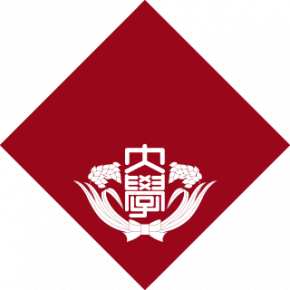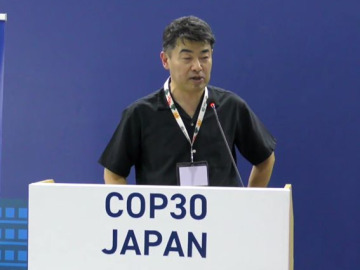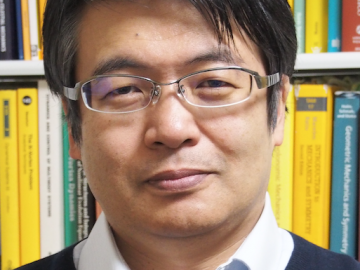Crossroads between Geometric Numerical Integration and Scientific Machine Learning
場所:51号館 3階 第二会議室
日時:第1回 8月22日 13時00分~14時40分
第2回 8月22日 15時00分~16時40分
第3回 8月23日 13時00分~14時40分
第4回 8月23日 15時00分~16時40分
Abstract:
Many dynamical systems in physics and other fields possess some form of geometric structure, such as Lagrangian or Hamiltonian structure, symmetries and conservation laws. Geometric numerical integration describes the research field that aims at developing numerical algorithms for solving such systems while preserving their geometric structure. Usually such algorithms show greatly reduced errors and better long-time stability compared to non-structure-preserving algorithms. Scientific machine learning, on the other hand, is a relatively new research field that aims at using machine learning methods for the solution of differential equations. In this lecture series, we will explore how ideas of geometric numerical integration can be brought forward to the realms of scientific machine learning.
In the first part, important mathematical structures of Hamiltonian systems will be reviewed and consequences of their non-preservation in numerical simulations highlighted. Some basic structure-preserving algorithms for canonical Hamiltonian systems will be introduced and compared with their non-structure-preserving counterparts.
In the second part, different approaches of how machine learning techniques can be used for the solution of differential equations are described. After exploring once more the consequences of disregarding the structure of the dynamical system, we will discuss in detail how geometric structure can be incorporated into machine learning methods such as neural networks.





